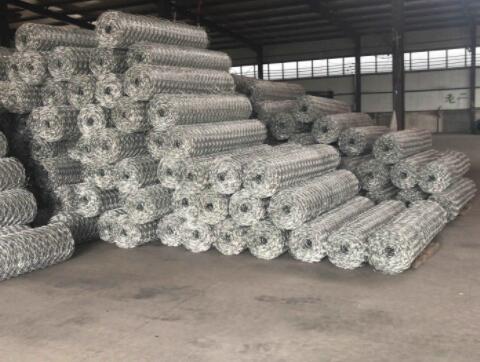The Versatile Uses of Galvanized Baling Wire
Galvanized baling wire is a robust and versatile tool that finds its place in various industries and applications. Manufactured by coating steel wire with a layer of zinc, galvanized baling wire exhibits remarkable strength, durability, and resistance to rust and corrosion. These properties make it an ideal choice for binding, bundling, and securing materials across different sectors.
Key Characteristics
The primary characteristic of galvanized baling wire is its zinc coating, which protects the steel wire from environmental factors. This galvanization process significantly enhances the wire's lifespan, making it suitable for both indoor and outdoor applications. The wire comes in various gauges (thicknesses) and strengths, enabling users to select the appropriate option depending on their particular needs. Another advantage is its flexibility, which allows for easy handling and manipulation.
Applications in Agriculture
One of the most prominent uses of galvanized baling wire is in the agricultural industry. Farmers frequently use it to bind bales of hay, straw, or cotton. The strong wire holds the bales securely, ensuring they remain intact during transport and storage. Additionally, it is employed in fencing to secure livestock and mark boundaries. Its resistance to weather conditions allows it to withstand the rigors of outdoor use without deteriorating, providing a reliable option for various agricultural needs.
Recycling and Waste Management
Galvanized baling wire plays a critical role in the recycling and waste management sector. It is used to bind recyclable materials such as cardboard, paper, and metals into compact bales for easier handling and transportation. By keeping materials tightly bound, the wire facilitates efficient processing at recycling facilities. In a world increasingly focused on sustainability, the ability to securely bundle recyclable materials not only enhances operational efficiency but also supports efforts toward a greener planet.
galvanized baling wire

Construction and Industrial Uses
In construction and various industrial applications, galvanized baling wire is indispensable. It is frequently utilized to secure construction materials, tools, and equipment, ensuring safety on job sites. The wire’s strength allows it to withstand the stresses of lifting and moving heavy loads. Additionally, it can be used to create temporary structures or supports, such as tying scaffolding together or bundling pipes and cables.
DIY Projects and Crafting
Beyond industrial and agricultural applications, galvanized baling wire has found its way into the world of DIY enthusiasts and crafters. It can be used for making decorative items, jewelry, and garden art. Its malleability allows for intricate designs to be crafted with relative ease. Crafters appreciate its strength and durability, as projects made with galvanized wire can withstand the test of time, both in terms of functionality and aesthetics.
Environmental Impact
Galvanized baling wire is often produced from recycled materials, making it an environmentally friendly choice. Its long lifespan means that less frequent replacements are necessary, contributing to reduced waste. Furthermore, the wire can itself be recycled at the end of its life cycle, promoting a circular economy.
Conclusion
In summary, galvanized baling wire is a multifaceted tool that caters to a variety of industries and applications. From agriculture and recycling to construction and crafting, its strength, versatility, and resistance to corrosion make it an invaluable resource. As industries continue to evolve and focus on sustainability, the demand for reliable materials like galvanized baling wire will undoubtedly persist. Whether you are a farmer, a construction worker, or a DIY enthusiast, understanding the potential of galvanized baling wire can help you leverage its benefits in your respective projects and operations. With its myriad applications and durable nature, galvanized baling wire stands out as a practical solution for binding and securing materials in an ever-changing world.

















